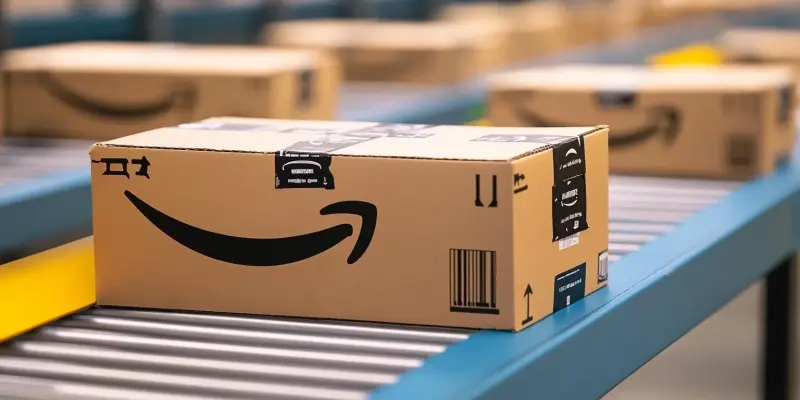Strikes organized by unionized Amazon workers have recently erupted across multiple locations in the United States, focusing attention on Amazon’s labor practices. Significant strikes have taken place in New York City, Atlanta, Southern California, San Francisco, and Skokie, Illinois. These coordinated actions are spearheaded by the Teamsters union, aiming to address grievances over wages, working conditions, and safety measures. The union has been able to facilitate picket lines at several Amazon Fulfillment Centers, encouraging both union and non-union workers to utilize their legal rights and participate.
The Union’s Stand
Criticizing Amazon’s Practices
Teamsters General President Sean O’Brien has vocally criticized Amazon, accusing the company of greed and a failure to adequately address workers’ demands. He suggested that potential delays in holiday deliveries could be attributed to Amazon’s reluctance to come to the negotiating table. Despite these strong accusations, Amazon has downplayed the significance of these strikes, labeling them as mainly a public relations maneuver. An Amazon spokesperson, Kelly Nantel, asserted that the strikes largely involved individuals external to the company, rather than actual Amazon employees or partners. According to Nantel, the Teamsters have been guilty of harassment and intimidation tactics to sway the workforce.
Response from the Teamsters
The Teamsters staunchly refuted Amazon’s portrayal of the strikes, insisting that the participants are genuine Amazon employees frustrated with their pay and work conditions. Kara Deniz from the Teamsters emphasized that the dissatisfaction among Amazon workers is genuine and widespread, contrary to the company’s dismissal of the situation. Despite Amazon’s claims of recent improvements in pay and working conditions, including raised starting wages and free Prime memberships, nearly 10,000 Amazon workers have joined the Teamsters. These workers are calling for higher wages, better benefits, and safer working conditions.
The Broader Labor Movement
Labor Unrest and Unionization Efforts
The ongoing strikes at Amazon are part of a broader trend of labor unrest and growing unionization efforts within the company. About two years ago, the Teamsters established a special division aimed at mobilizing Amazon workers, which saw further momentum with the Amazon Labor Union joining this initiative earlier this year. This movement reflects a significant shift in the working environment at Amazon, with more workers seeking collective action to address their concerns. The timing of these strikes also coincides with a recent U.S. Senate report alleging hazardous work conditions in Amazon’s warehouses, a claim that Amazon disputes as relying on selective and outdated data.
Workers’ Grievances and Company Response
The grievances of Amazon workers primarily revolve around inadequate pay, deteriorating working conditions, and concerns over safety. Gabriel Irizarry, a driver from Skokie, pointed out that Amazon’s wages are insufficient to cover basic living expenses, despite the company’s publicized claims of offering competitive compensation. This sentiment resonates with many Amazon workers who feel that their contributions are undervalued amidst the company’s enormous profits. Amazon, in response, has highlighted its efforts to improve the working environment, yet these measures have not quelled the unrest among its workforce. The workers’ collective actions, supported by powerful unions like the Teamsters, indicate a rising momentum for change within the company.
Conclusion of the Strikes
Recently, Amazon workers who are part of a union have launched strikes at various locations across the U.S., drawing attention to Amazon’s labor policies. Notable strikes have occurred in New York City, Atlanta, Southern California, San Francisco, and Skokie, Illinois. These well-coordinated actions are led by the Teamsters union, which seeks to address issues related to wages, working conditions, and safety protocols. The union has successfully set up picket lines at multiple Amazon Fulfillment Centers, rallying both unionized and non-unionized workers to exercise their legal rights and join the protests.
The Teamsters union has played a crucial role in organizing these strikes, emphasizing the importance of fair wages, safe working environments, and better overall treatment of workers. By setting up picket lines and engaging workers from various centers, they have managed to bring significant attention to their cause and highlight the need for improved labor conditions within Amazon. These actions reflect growing discontent among workers and a push for change in how one of the largest global companies treats its workforce.

